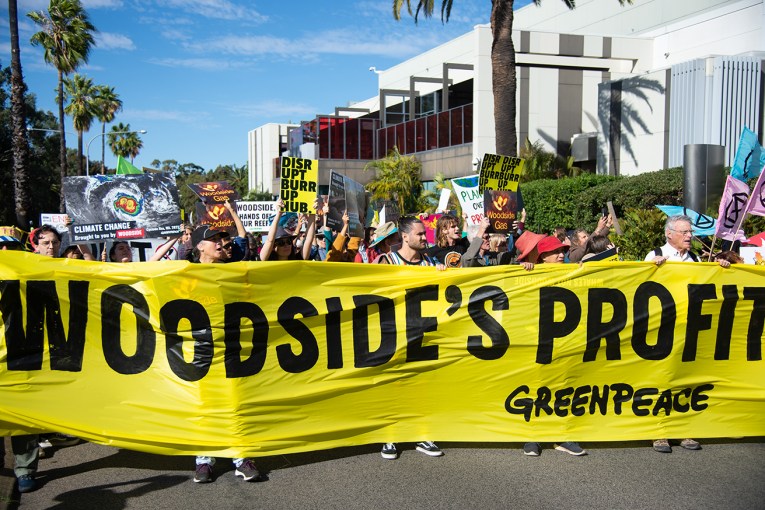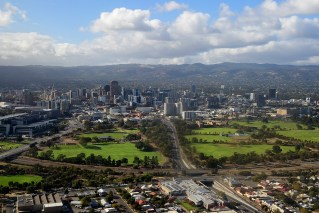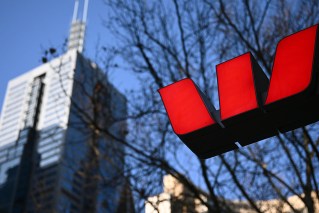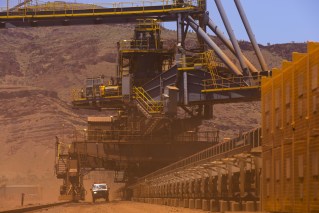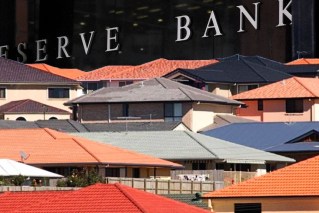RBA wants to be prepared for next downturn

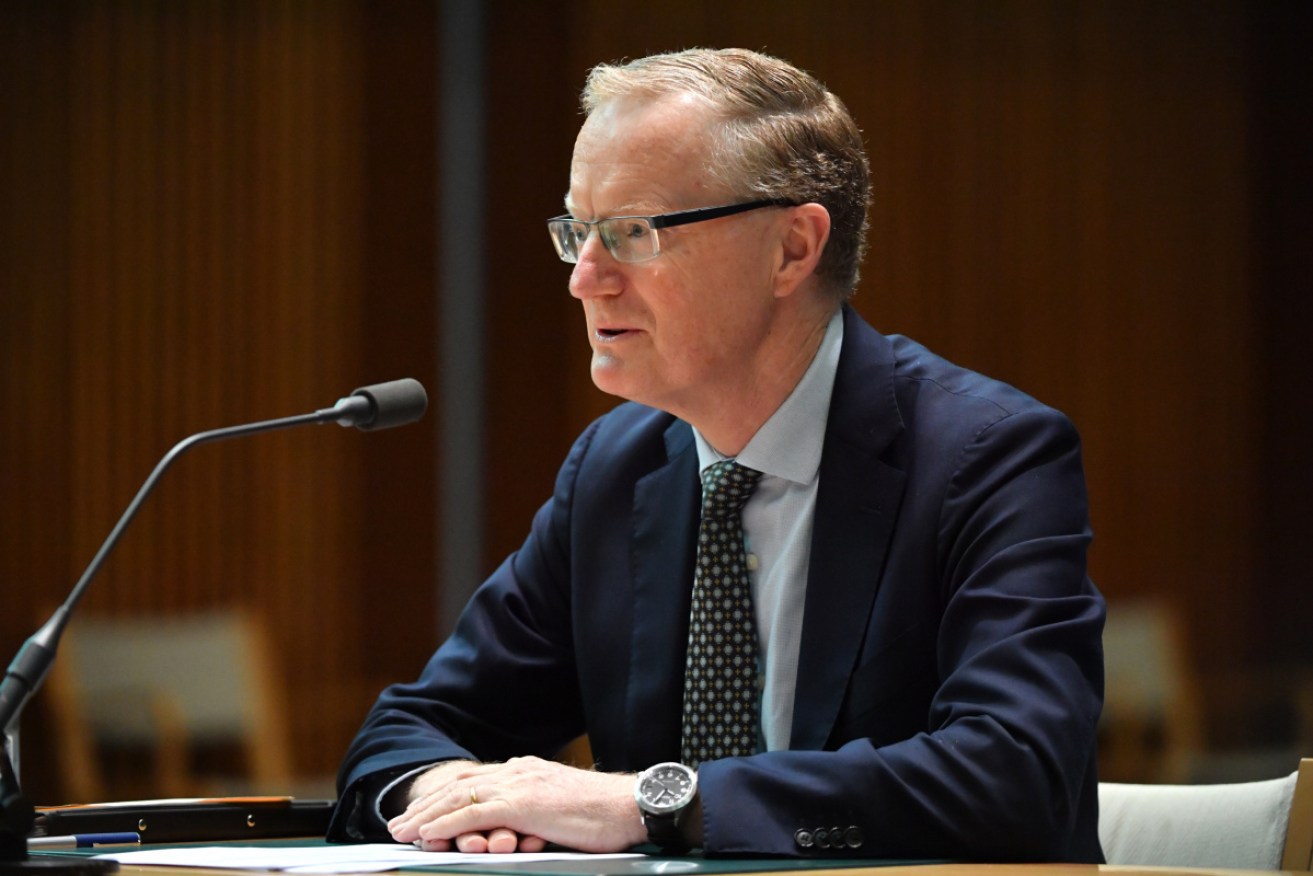
RBA Philip Lowe says virus outbreaks and lockdowns are a source of uncertainty.
Borrowers might not like it, but Reserve Bank governor Philip Lowe wants to get the official cash rate back to normal as soon as possible in order to tackle the next inevitable downturn.
The RBA board left the cash rate at a record low 0.1 per cent at this week’s meeting, and at this stage the governor does not expect a hike until 2024.
“It’s important we get some fire power back eventually so we can respond to the next downturn, because we know there will be another downturn and we will want a monetary policy response,” he said on Thursday.
In the meantime, he expects fiscal policy will need to continue to play a bigger role in supporting the economy, having already been incredibly constructive during the pandemic.
The RBA wants to see inflation sustainably between the two to three per cent target before lifting the cash rate, which will require wage growth of above three per cent and an unemployment rate close to four per cent.
Annual inflation is running at 1.1 per cent, wage growth stands at 1.5 per cent and the jobless rate is at 5.1 per cent.
But Dr Lowe emphasised an increase in the cash rate depended upon the data, not the date.
“It is based on inflation outcomes, not the calendar,” he told the Economic Society of Australia.
Dr Lowe said the decline in unemployment had been remarkable, highlighting the resilience of the Australian economy and effectiveness of the health and economic policy response.
But he said virus outbreaks and lockdowns were a source of uncertainty in the pursuit of full employment.
“We are watching developments carefully,” Dr Lowe said.
“But it is important to remember Australia’s experience has been once an outbreak is contained and restrictions are lifted, the economy and jobs bounce back quickly.”
He said the closure of international borders contributed to labour shortages in some areas given the strong pick-up in demand, which resulted in some workers receiving sizeable wage increases.
“However, the spill over effects to the broader labour market have been limited to date, and wage increases remain modest for most workers.”
He said one plausible scenario was that the borders opened gradually over the period ahead, especially for workers with skills in short supply.
“This would relieve some of the current pressure points in the labour market,” Dr Lowe said.
However, it is also possible the borders remain closed for an extended period of time and the pressure points build further.
“If so, aggregate wages growth would pick up more quickly than currently expected, but production and investment would be also be constrained.”
-AAP
